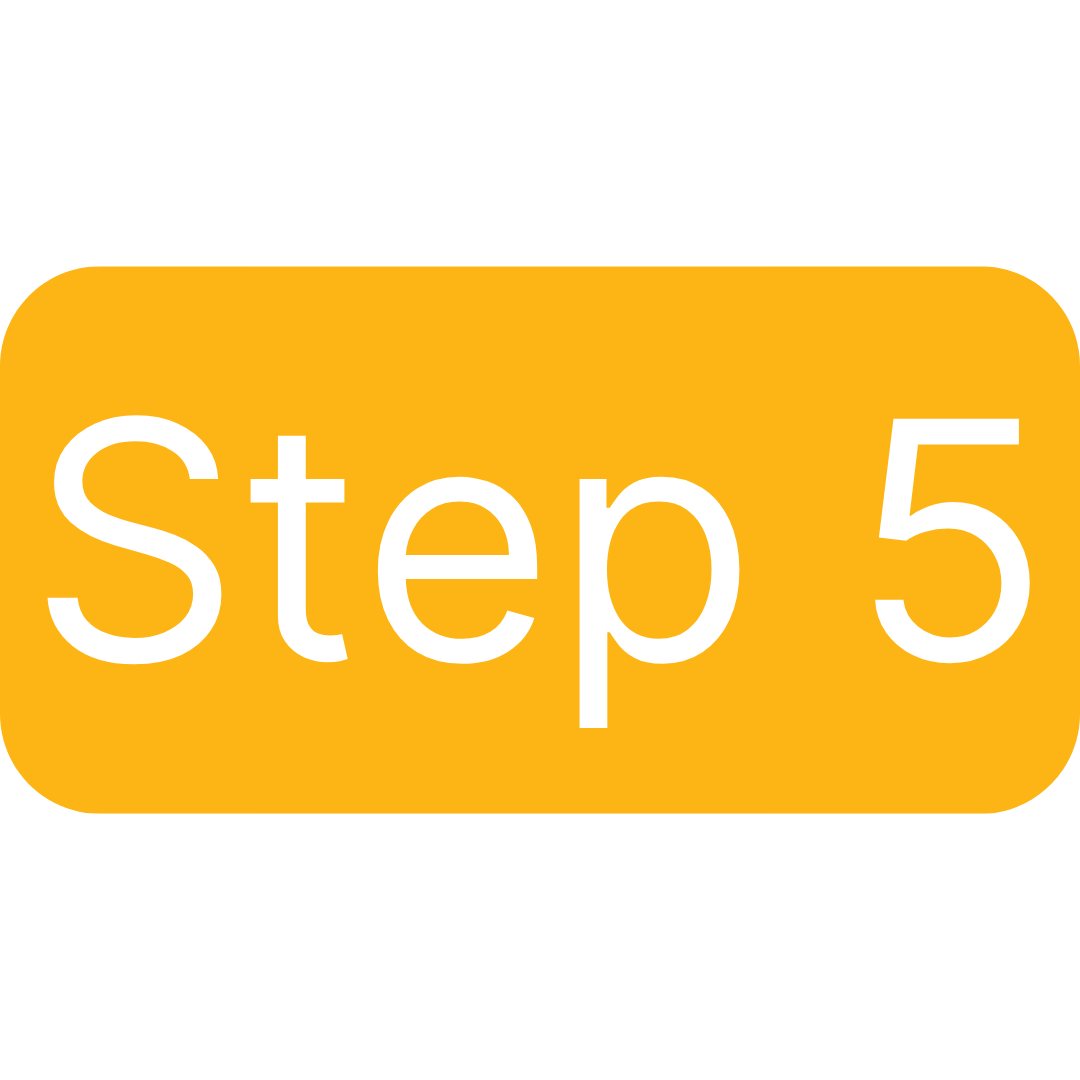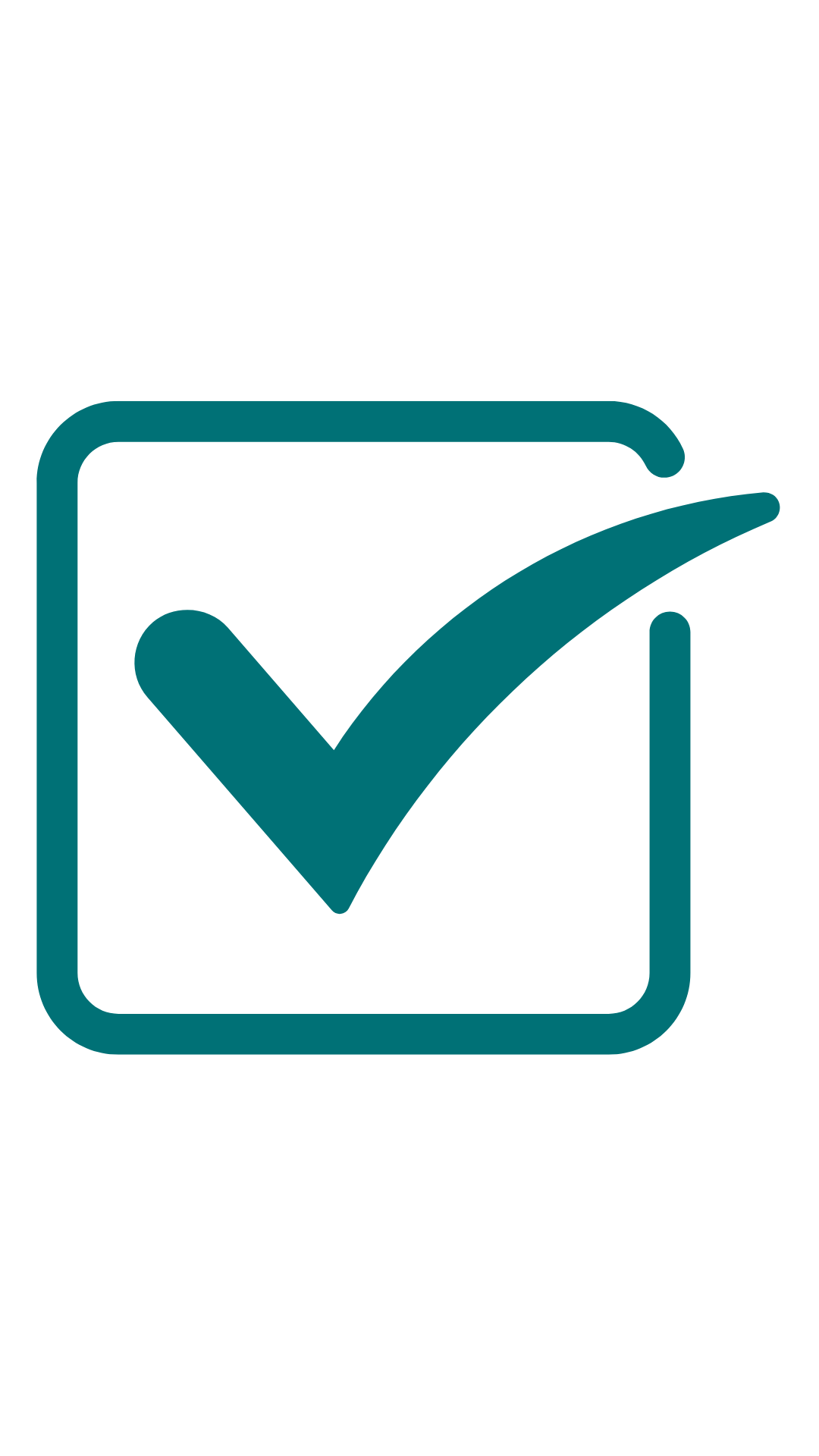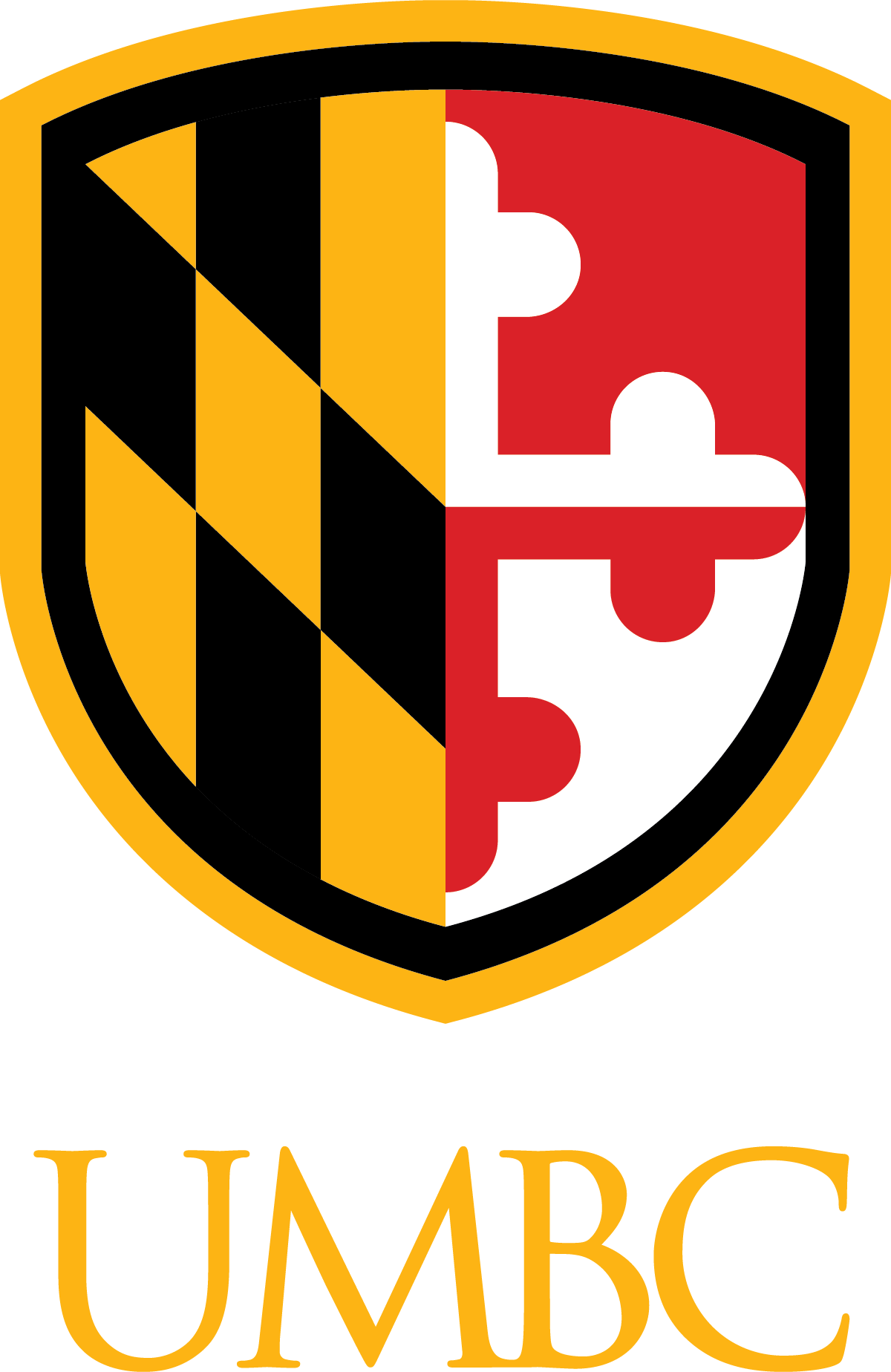Curricular Practical Training (CPT) allows F-1 international students to work off-campus in paid positions within the US. CPT requires an application completed by the student, which can be submitted via the ISSS Portal. Once approved, ISSS will add CPT work authorization to the student’s immigration record, and issue a new Form I-20 noting the work authorization.
Read This First
CPT follows federal and school regulations:
- Students cannot legally work off-campus in the US without active CPT approval from the ISSS office.
- CPT must be related to the student’s program major listed on their I-20.
- CPT is approved one semester or session at a time:
- During the fall and spring semesters, students can work part time CPT (up to 20 hours/week). During the summer and winter breaks, students can work full time (more than 20 hours/week).
- If an internship position continues to the next semester, students need CPT approval before they can continue working.
- CPT can only be approved for 1 employer at a time. Students cannot be authorized multiple CPT authorizations at the same time.
- If you have offers for 2 internship positions at the same time, you must choose which position to request CPT for.
The process to begin working is time consuming and requires coordinating between multiple university offices and US government agencies. Students should plan ahead and discuss with their employers on any potential delays.
Eligibility
Students must complete one academic year of full-time study at a US university. An academic year refers to two semesters, excluding winter or summer sessions. Previous full-time enrollment in another immigration status or degree level will count only if: (1) the student’s SEVIS ID number has not changed and (2) the student completed two full academic semesters in the US.
Application Process
Students who plan to work in paid positions off-campus must have active CPT approval from the ISSS office. Students cannot legally work off-campus in the US without active CPT approval. Students working without proper authorization can lose their immigration status. Students should plan ahead and contact our office if they have any questions or concerns.
Students must have an offer letter for a paid position that is directly related to their degree program. CPT approval is granted per semester – if a position continues to the next semester, students will need to request CPT again for the next term.
Students are eligible to start working from the date they are approved by ISSS. ISSS cannot approve CPT for dates that have passed. Please plan ahead and apply early! Students must have CPT approval before beginning work.
CPT start and end dates are based on the UMBC Academic Calendar. ISSS cannot approve dates earlier than the day after the last day of class for that specific term. Students are expected to attend the last day of class and finish all their coursework before beginning work for the next term.
Before You Start: CPT Checklist
Required materials:
- Upload a copy of your job offer letter
- Request recommendations from your academic advisor(s)
- Undergraduate students only need a recommendation from their academic advisor.
- Graduate students need a recommendation from both their academic advisor AND Graduate Program Director.
- Enroll in academic credit or the Internship Success Practicum (PRAC)
- Academic credit is sometimes available in your department as internship credit or independent study credit. Academic credit requires enrollment and will incur regular course fees.
- PRAC is offered by the Career Center and is a non-credit course that appears on your transcript. PRAC does not have fees.
- The deadline to enroll in Internship/Independent Study credit or PRAC is listed on UMBC’s academic calendar.
How to Submit a CPT Request

Upload Documents


Request Recommendations


Submit CPT Request

After CPT Is Approved
Students receive an email from our office when their CPT is approved. Follow the directions in the email to log into the ISSS Portal and download the I-20 with CPT approval. Students should check if all information on their I-20 is correct. If there are any mistakes, let our office know.
Students also need a Social Security Number (SSN) to begin working. SSN are issued by the United States Social Security Administration (SSA). To start the process, students should submit a SSN letter request in the ISSS Portal. More information on how to obtain a SSN is outlined here.
After a student has an I-20 with CPT approval and a receipt from the SSA, they present these documents to their employer’s Human Resources department. Students should discuss with their employer on any potential delays ahead of time.
Be aware of job scams!
Common scams are: receiving a job offer without applying, being offered the job without an interview, or sending someone money to accept the job.
Check the sender’s email address and see if it matches the domain of the company. A simple Google search will also show if the company and contacts are legitimate. Reach out to the Career Center about any concerns.





